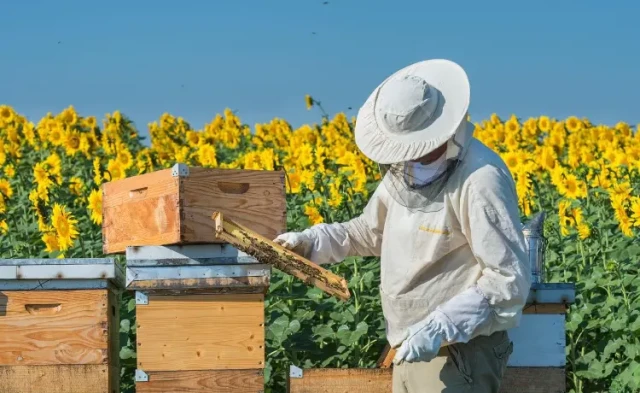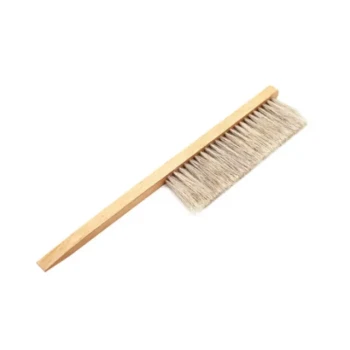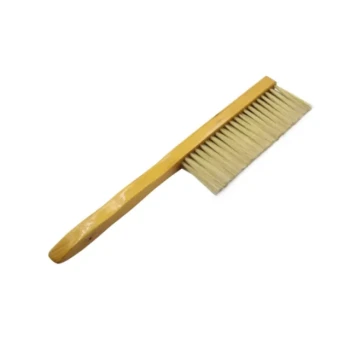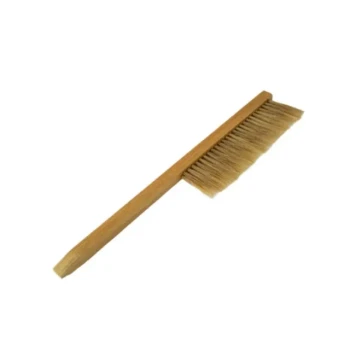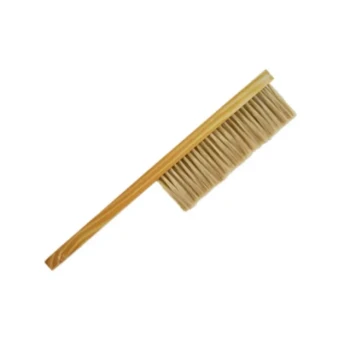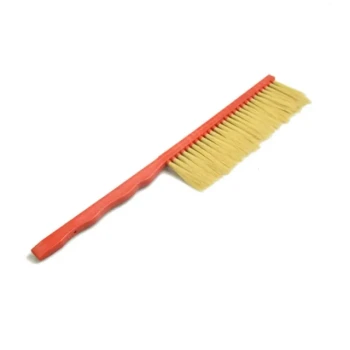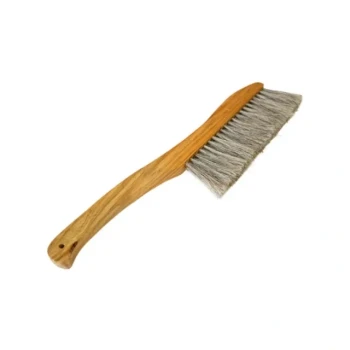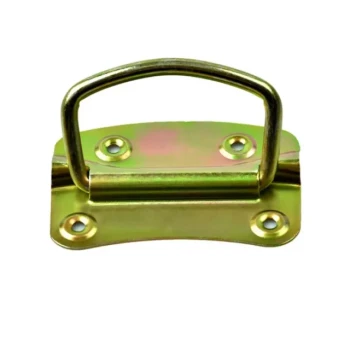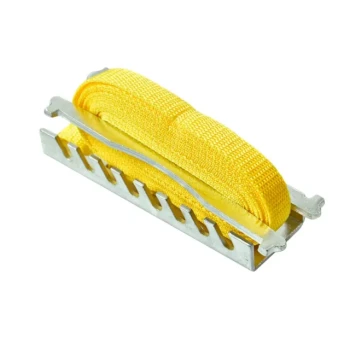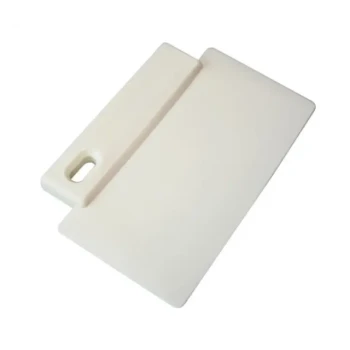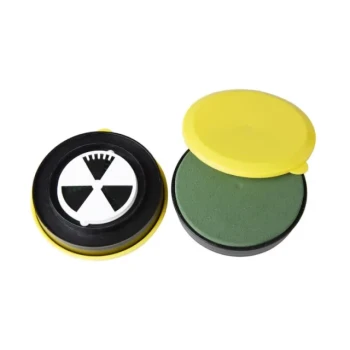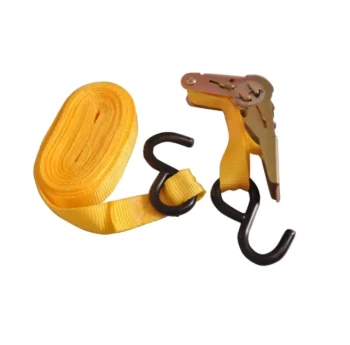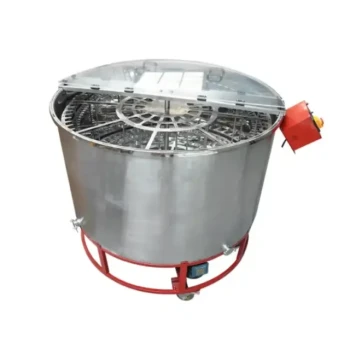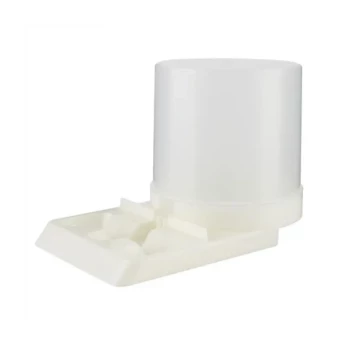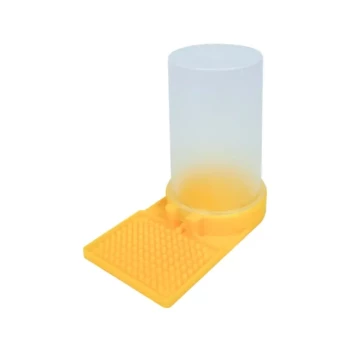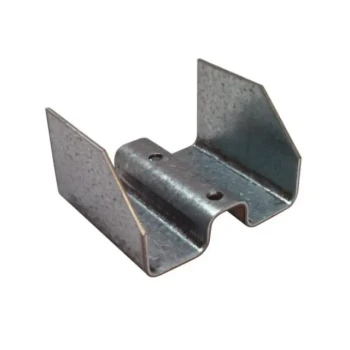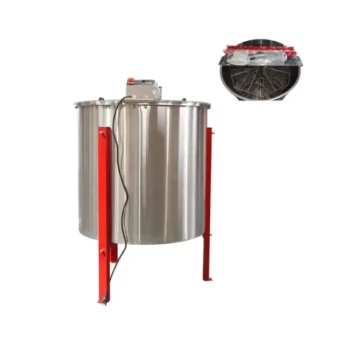Beekeeping requires precision tools and gentle handling to maintain colony health. Among these tools, the bee brush plays a critical yet often underestimated role. When used correctly, it minimizes stress during hive inspections, honey extraction, and comb maintenance. This guide covers professional brushing methods, timing considerations, and common pitfalls—equipping you to safeguard your bees while optimizing productivity.
The Essential Role of Bee Brushes in Apiary Management
Bee brushes help beekeepers relocate bees without harming them or damaging delicate comb structures. Unlike harsh alternatives like shaking or scraping, brushing offers controlled removal, making it indispensable for:
- Routine inspections: Clearing frames without crushing worker bees
- Honey harvesting: Gently relocating bees from capped combs
- Queen rearing: Isolating specific bees during breeding
Research shows that improper bee handling can trigger defensive behaviors, reducing foraging efficiency for days. A well-executed brush technique maintains colony calmness, directly impacting honey yields and brood health.
Anatomy of an Effective Brush Stroke
- Brush Selection: Opt for soft, natural bristles (e.g., horsehair) with flexible stems. Stiff bristles may injure bee wings or antennae.
- Angle and Pressure: Hold the brush at a 30°–45° angle, using feather-light strokes. Imagine dusting pollen off petals rather than scrubbing.
- Directionality: Always brush with the bees’ natural movement—typically downward or sideways—to avoid disorienting them.
Pro Tip: Dampen bristles slightly with water or diluted sugar syrup to reduce static cling, which can agitate bees.
When to Brush vs. Alternative Bee Removal Methods
| Scenario | Recommended Tool | Rationale |
|---|---|---|
| Clearing honey supers | Bee brush | Prevents comb damage during extraction |
| Aggressive colonies | Smoker first, then brush | Smoke masks alarm pheromones before brushing |
| Drone congregation areas | Flick method (no brush) | Drones’ larger size makes brushing risky |
Brushing is less effective than shaking for large-scale removals (e.g., swarm capture) but excels in precision tasks.
Advanced Brush Use Cases in Honey Extraction
Protecting Delicate Comb Structures
Brushes prevent comb tears when:
- Uncapping honey: Gently clear bees from sticky frames before knife work.
- Relocating new combs: New wax is prone to buckling; soft strokes avoid deformities.
Did you know? Bees repair damaged combs by diverting energy from honey production, costing up to 20% in yield losses.
Coordinating Brushing with Smoker Applications
- Pre-Smoke: Apply 2–3 puffs to calm the colony’s edge guards.
- Brush Mid-Frame: Start from the comb’s center, moving outward as smoke takes effect.
- Post-Smoke Check: Monitor for agitated bees; re-smoke if necessary before proceeding.
This tandem approach reduces defensive reactions by over 60% compared to brushing alone.
Common Mistakes and Bee Welfare Considerations
Over-Brushing Risks and Colony Agitation Signs
- Symptoms of stress: Bees fanning wings aggressively, clustering tightly, or releasing alarm pheromones (smells like ripe bananas).
- Frequency limits: Avoid brushing the same colony more than twice weekly to prevent chronic stress.
Sanitization Practices to Prevent Disease Spread
- Post-Use Cleaning: Soak bristles in 3% hydrogen peroxide for 10 minutes to kill pathogens like American foulbrood spores.
- Drying: Hang brushes bristle-down to prevent moisture buildup, which attracts mold.
- Storage: Keep in UV-protected cases to prolong bristle integrity.
Elevate Your Beekeeping Practice with HONESTBEE
Mastering bee brush techniques transforms hive inspections from disruptive chores into seamless routines. For commercial apiaries and distributors, HONESTBEE’s durable, bee-friendly brushes balance efficiency with animal welfare—helping you maintain thriving colonies while maximizing operational output.
Ready to refine your toolkit? Explore HONESTBEE’s wholesale beekeeping supplies, designed for professionals who prioritize both productivity and ethical hive management.
Visual Guide
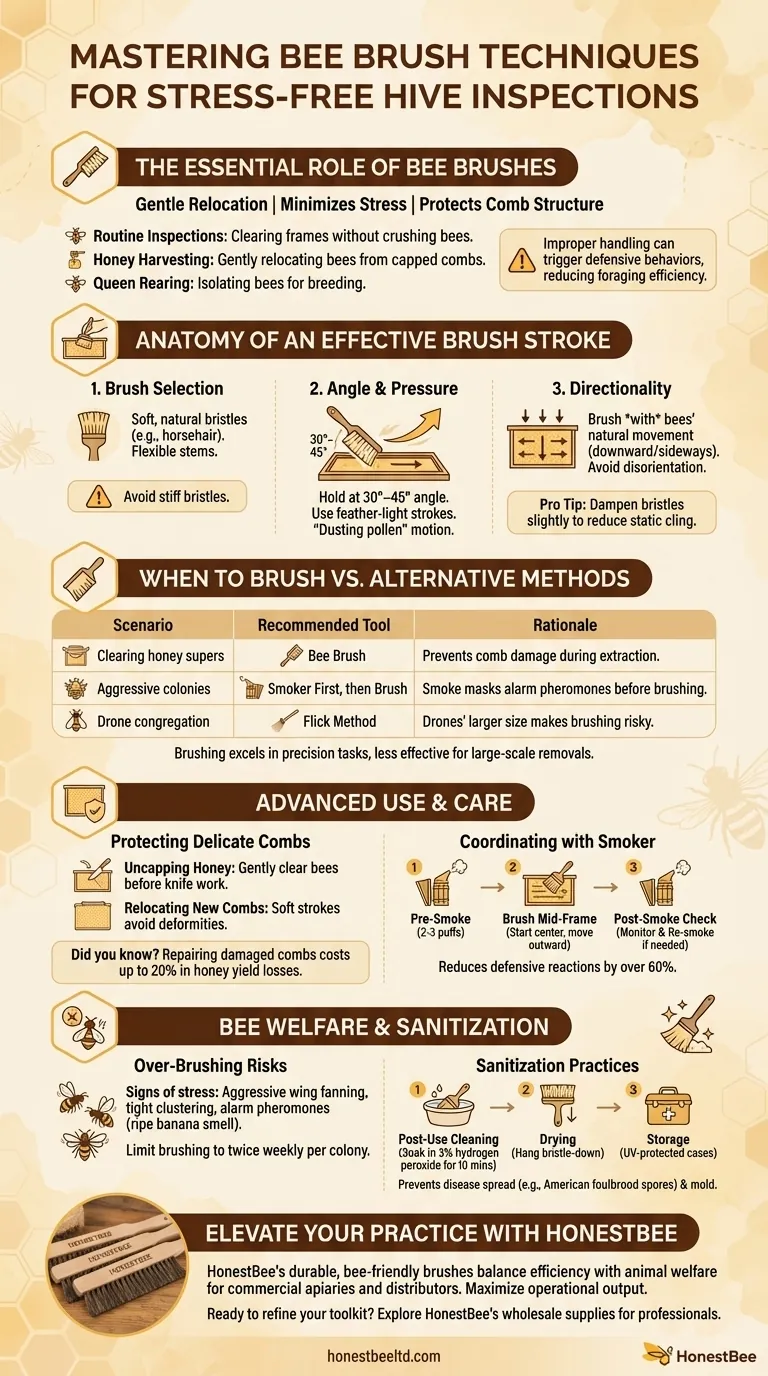
Related Products
- Wooden Bee Brush with Double-Row Horsehair Bristles
- Wooden Bee Brush with Triple Row Artificial Fiber for Beekeeping
- Classic Wooden Bee Brush with Double-Row Boar Bristles
- Double Row Artificial Fiber Bee Brush for Beekeeping
- Plastic Handle Single Row Artificial Fiber Bee Brush
Related Articles
- How to Choose a Beekeeping Veil: Safety and Comfort for Beginners
- How to Use a Bee Brush Safely: Protecting Bees While Managing Your Hive
- The Calculated Risk of a Simple Tool: Mastering the Bee Brush in Apiculture
- How to Optimize Hive Beetle Control Without Harming Your Bees
- How Comb Architecture Dictates Hive Productivity: A Beekeeper's Guide
